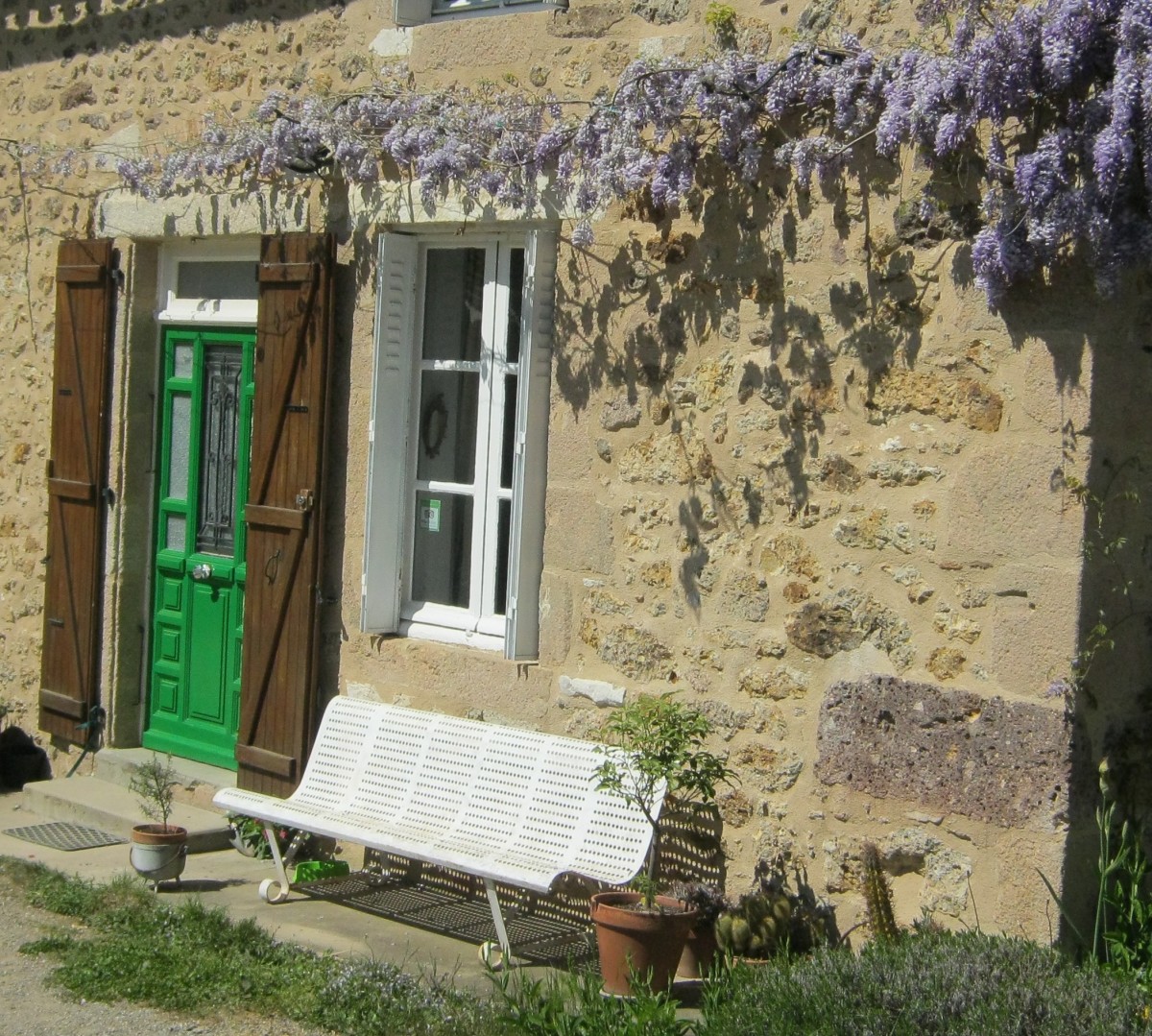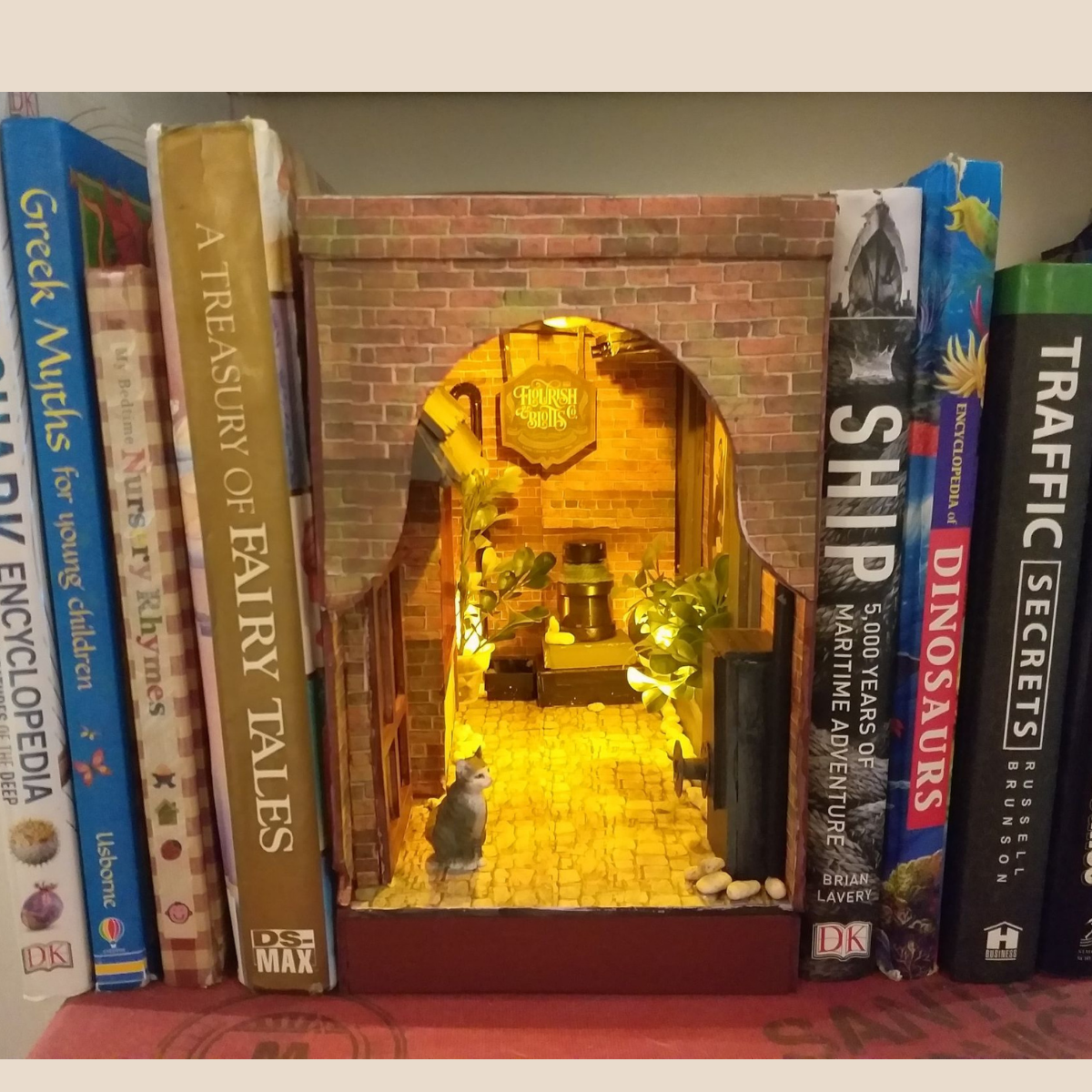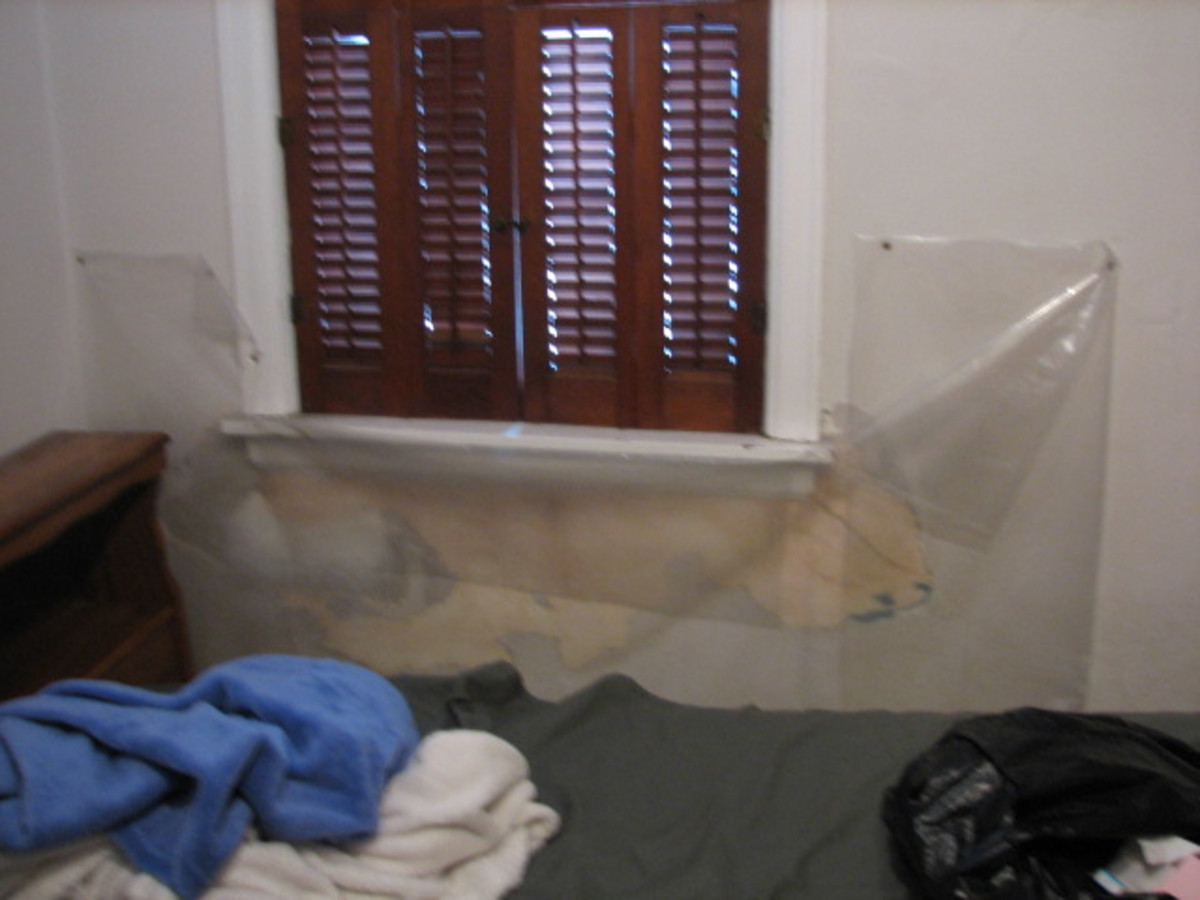About locks and defensive walls
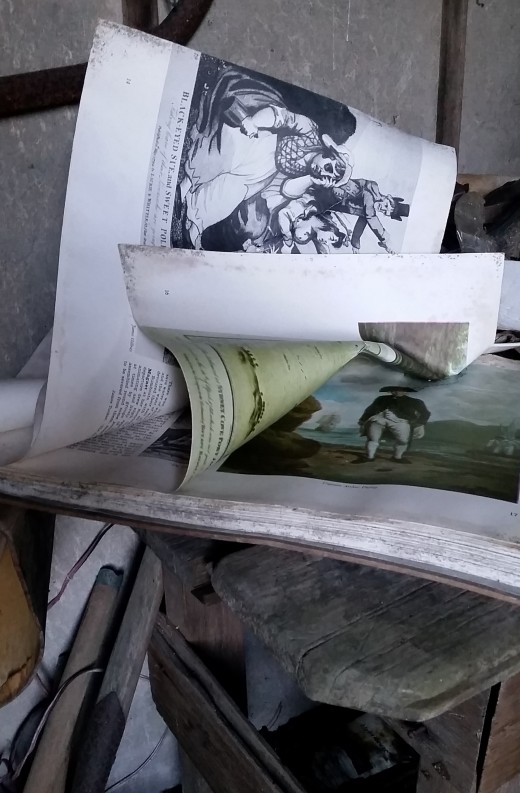
If there is to be peace in the world,
There must be peace in the nations.
If there is to be peace in the nations,
There must be peace in the cities.
If there is to be peace in the cities,
There must be peace between neighbours.
If there is to be peace between neighbours,
There must be peace in the home.
If there is to be peace in the home,
There must be peace in the heart - Lao Tzu - 5th or 4th century BCE - ancient Chinese philosopher - founder of Taoism
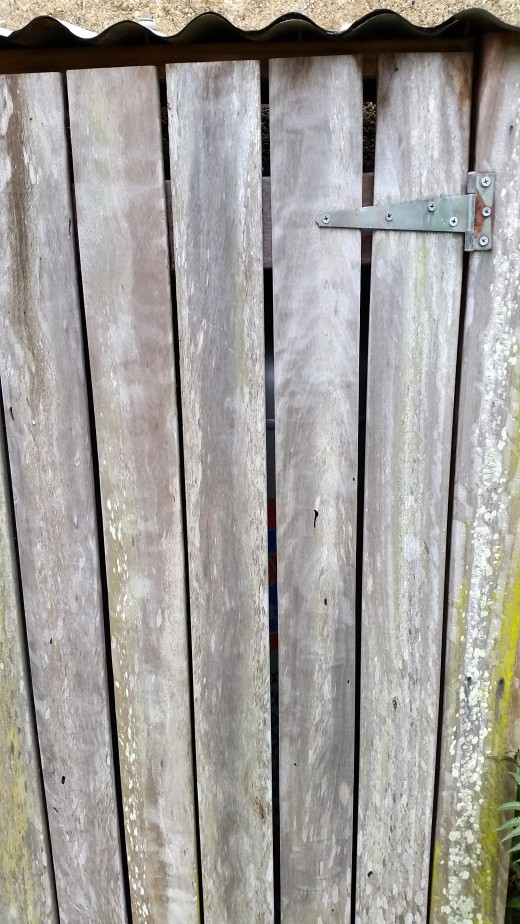
Way Back When
Since keys and locks appeared in ancient Egypt and Assyria, Man has gone to great lengths to keep himself as well as his compassionate heart - behind locked gates in a bid to protect himself and all that he considers his ‘possessions’.
These days, personal experience shapes neither our emotions nor our thoughts nor our actions. Like never before, our judgement is zapped by the relentless and manipulative energy of posts, tweets, and retweets on the back of TV or Facebook ‘news’ and media reports.
From the glamourized reporting of petty crime to the hashed and rehashed dissection and sensationalisation of serious acts of violence and terrorism, generic [Wo]Man concludes, now more than ever, that all outsiders to their tribe pose a malicious threat.

Himself locked up behind bolted doors and reinforced security mesh, surveilled by cameras, dreading the shrill alert of a malfunctioning alarm in the middle of the night, Man-in-charge-of-his-destiny has forgotten that karmic events, once locked-in, have a way to defy even Pentagon-tight security.
Cautious Man is often careful to separate aspects of his private life from the public arena. Woman, one of his possessions, is brought out to stand by his side at key moments, but only if he thinks she is likely to be perceived as an asset.
Objectified ‘trophy’ wives and girlfriends are to be admired from a safe distance before they retreat to the relative safety provided by walls, electronic security devices and, at times, by bodyguards as well.
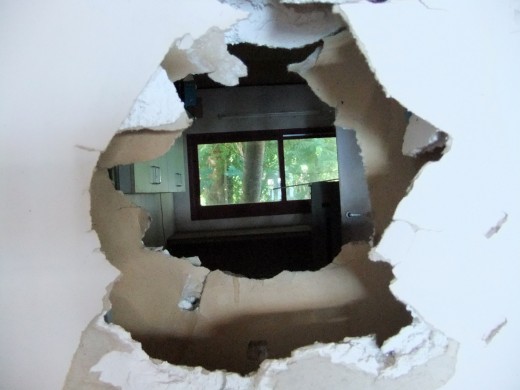
When out of our front door, vulnerable in unavoidable close contact with others, we dread feeling unwell, just as we are afraid to aid any stranger showing signs of distress.
Prone on the ground, perhaps unconscious or dead, there the person will lie.
We prefer to look the other way - not because we do not care, but because we fear that one person as much as we fear all strangers – as much as we now fear the invisible hacker that may potentially strike our hard drive.
From aeons back, contrary to animals’ survival instinct Man’s idea of protection developed isolation as a requirement. We want walls, strong walls and we expect them to hide us, to protect us along with our loved ones and our possessions, from the world on the other side, including closest neighbours.

Quick Detour Away From Locks and Walls
The Hippocratic Oath [adapted but still taken up by doctors in the west] was written in the 5th BCE. The germ theory of disease stating that microorganisms are the cause of many diseases dates back to the 19th century.
Finally today, at the dawn of the 21st century CE, we are in the midst of experiencing the full effect of the separation of the body from the mind, the mind from the soul. We also have become disconnected from the earth, as more and more of us do worldwide, living and working pigeonholed inside towers of concrete and steel.
We also have become disconnected from the earth, as more and more of us do worldwide, living and working pigeonholed inside towers of concrete and steel.
This modern version of separation became deployed incrementally and most insidiously some 100 years ago when Man, awed by Pasteur’s work, allowed chemical medicine to become his new god.
That damning lack of foresight has shaped, ripple-styled, the very costly, tragic reality we all share today.

Though there might well be a revival welling up in the years ahead, Christian religious practices have become old-fashioned since the ‘70s.
Only fervent praying in times of despair or fear has remained a respected practice. Though there is a growing interest in the modernised approach to spirituality, practising any of its forms, even if only meditation, is still considered somewhat quirky.

Currently, in too many countries, children and adults alike become ill as the result of severe lacking ranging from shortages of potable water, nutritious foods and unhygienic living conditions often compounded by faction, militia and/or military violence.
They become gravely ill because of circumstances outside of themselves.
These days, however, in the lands of the free, it is accepted that most of our ailments, illnesses and diseases are the direct by-product of our emotions.
These emotions became the thoughts which, over time, have shaped our personality and thus our physical landscape – inner and outer.
Yes, the global, cultural separation of our body from our mind and our soul is at the root of our sickness - quite literally.
Just as our ancestors have done, separately and collectively, we have co-created our societal and personal ill-health by following locked-step the latest ways of thinking and the most recent mass trends.
As the world, unprepared, awaits the next, new, truly aggressive pandemic, we have successfully made stress our personal Number 1 health threat under the guise of accidental injuries, cancer, cirrhosis of the liver, coronary heart disease, respiratory disorders and, of course, suicide.
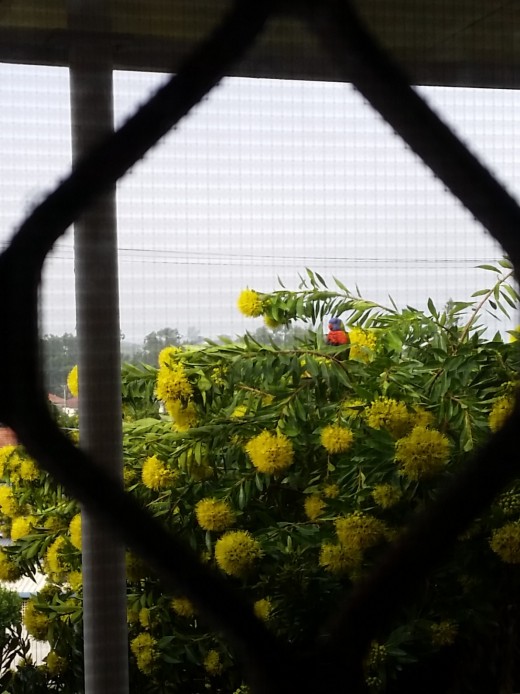
Separation always comes at a price
Indeed, what to think when, in 2016, affluent America, the country from which - still today - originates most of what we eat, drink, sing, wear and think, had to spend some US$3.2 trillion on health care?
What to think when, throughout the West, the cost of ‘fixing us’ is rising every year; when the demands for hospital care, physician and clinical services are also peaking and when the rate of suicide, blurring age and gender divide is also rising steadily?
What to think when we know that 49% to 51% percent of our physicians, emotionally exhausted and powerless to provide the quality of care they know is needed, meet the criteria for overall burnout - closely matched by an equivalent percentage of frustrated, stressed and disenchanted nurses?
SEPARATION of the mind from the body and from the soul is a costly and challenging exercise to maintain year in/year out.
Iconic or Ironic
As Madonna sings in the song Iconic from her album Rebel Heart released in 2015:
Destiny will choose you in the end
If you don't make the choice
And you don't use your voice
Someone else will speak for you instead
What you want is just within your reach
But you gotta practice what you preach
You pay with sweat and tears
And overcome your fears
Never let the fire inside you leave.
The good news is that collectively and separately, we are resilient.
We can endure what we have co-created, but not for a moment longer than needed.
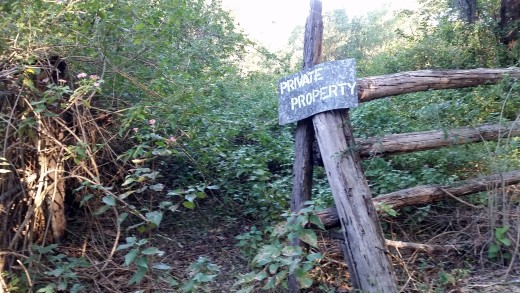
End of detour – back to the original topic of separation by way of Keys and Walls: The deeper and longer is any line of separation, the more effort is required to maintain that separation. The more complex and burdensome becomes its defence.
The sort of separation intended to keep away the multitudes away from our homes or borders requires constant vigilance – as well as energy of the wrong kind.
Separation is not a natural aspect of healthy collective living - of living in herds sharing the same DNA – whether the herd is made up of animals or humans.
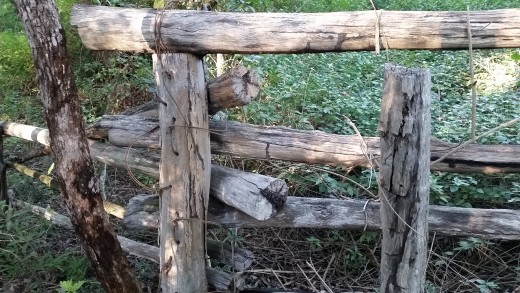
In 1961, the construction of the Berlin Wall was intended to slow down the waves of refugees who were attempting to leave East Berlin – Fence them in!
Currently, a four-meter-high wall funded by the U.K. government is currently being built alongside the port of Calais, France, to prevent refugees and asylum seekers from jumping on trucks travelling towards Britain – Fence them out!
This wall is billed to be the first of many similar walls that will eventually section off migration ‘hotspots’ throughout Europe.
And Here We Are
They do say that history repeats itself. Once the cornerstone is in place, the rest of the structure can take shape. An ancient model of separation gets reviewed, and ‘modernised’.
In our cities, as all along la linea, the 2,000-mile dividing line intended to keep the United States of America and Mexico separate, some are fenced in while others are fenced out.
In the San Diego-Tijuana region, Border Patrol allow fingertip contact on both sides through the narrow security mesh interstices framed by gigantic, colourful concrete uprights – but only on weekends.
When the US President, Donald Trump announced the imminent reality of an impenetrable, physical, tall, powerful, beautiful, southern border wall that would stretch from the Pacific Ocean to the Gulf of Mexico, the idea was already far from far-fetched.
Roughly one-third of that border was already fenced off by a 930 km, 4-meter high, hi-tech, ‘virtual fence’ said to be wildlife-friendly.
Complete with cameras and sensors that wall has gobbled up some US$2.3 billion over the past ten years.
Perhaps more far-fetched was the notion that Mexico would accept to shoulder the cost of roughly another 2, 000 km, but that is another story altogether.
As an aside, some $20 million have already been approved to build wall prototypes needed for the extension.
Anything Wrong With City-States?
An increasingly strong whiff of nationalism is already infusing our democracies.
Should we, then, be inspired by the model of city-states already in place circa 6500 BC?
ls the way of the future really to be inspired by the Great Wall of China which began taking shape in the 7th century, like border control - and block out the pain its construction entailed, including the estimated hundreds of thousands, if not the one million dead?

Old Curtains Get Recycled
Very serious questions: might the old Iron Curtain be pulled out of the mothballs - and re-hung in a different location?
After all, if the mindset of separation proliferates across the United States, as it does across Europe, and to some extent here, too, in Australia, there might conceivably come a time when America - and/or Europe - together or separately - will endeavour to block themselves and their allies from open contact with ‘non-allied’ countries.
Certainly, the return of the fortress is a definite modern-day possibility that would, no doubt be welcome by many.
Is the 708 kilometres long, 8 meters high, Israeli wall of separation, modestly called the West Bank barrier to become the default model to adopt in order to keep ‘undesirable’ persons out of ‘our’ space?
Will we, in the west, be somehow moved to wall-in/wall-out certain suburbs and parts of our inner cities?
Is the model of the Old City of Jerusalem [a 1 square kilometre area walled-in by a 4,018-meter wall, 12 meters high] the way to go for our inner-city districts and bolt their great gates come sundown?
As an aside, the monumental defensive walls and city gates that girths the Old City were built in 1535–1542. The construction was not born out of a Jewish will, but out that of the Turkish Sultan, Suleiman the Magnificent, who had annexed much of the Middle East.

Inseparable Flip Side
Call it the flip side of the coin. Call it the third law of motion. Call it the simple
geometry of the line that divides anything, even a piece of paper.
Call it the Inseparability of Us.
Either way, the freedom of the persons who ‘for now’ are classified as welcome and bona fide citizens, perhaps like ourselves, might, one day, end up ‘walled in’ on our side – as efficiently as the unwelcome ones will get ‘walled-out’ on the other side.
Whether of a physical, mental or spiritual nature, inevitably, the division and the withdrawal or separation we perceive as vital to our survival at any given point in time create new sets of constraints.
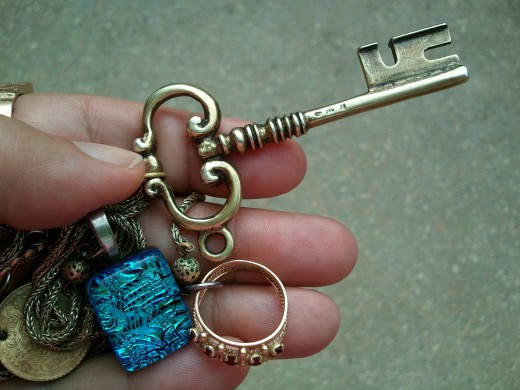
Eleanor Roosevelt
In a 1951 broadcast of The Voice of America, Eleanor Roosevelt said, “We have to face the fact that either all of us are going to die together or we are going to learn to live together, and if we are to live together we have to talk.”
And 66 years later, what do we say?

© 2017 Carole Claude Saint-Clair



